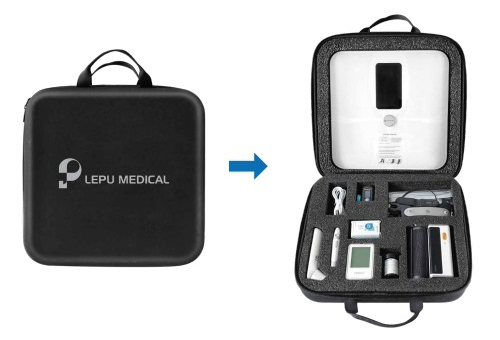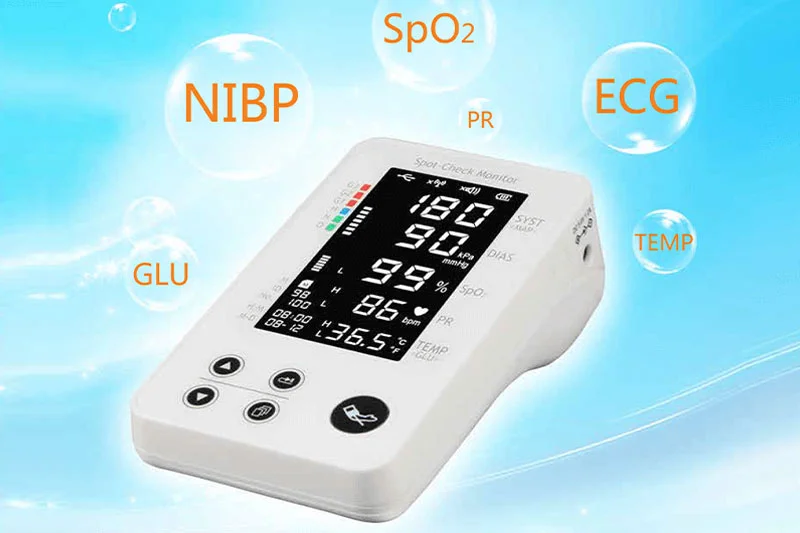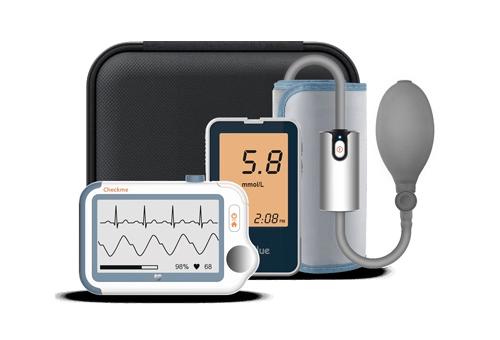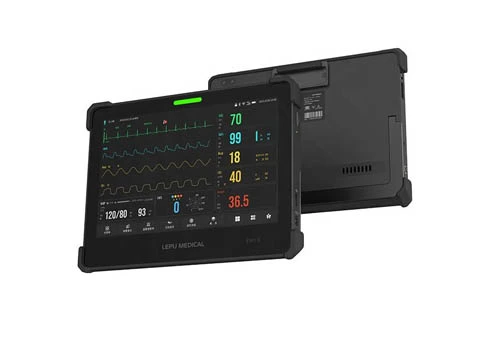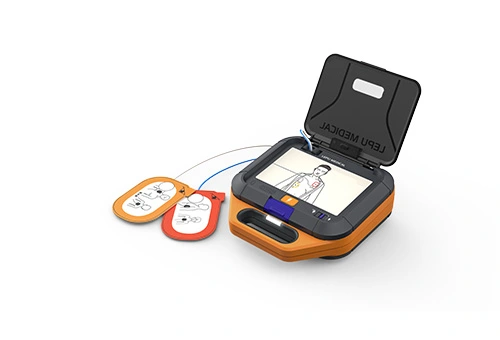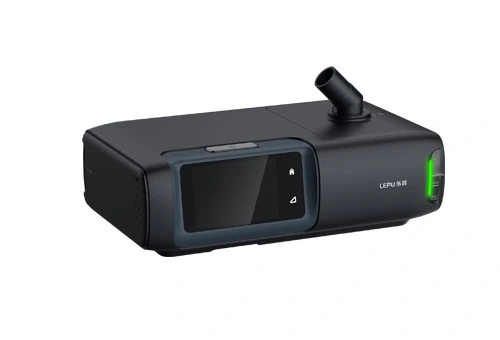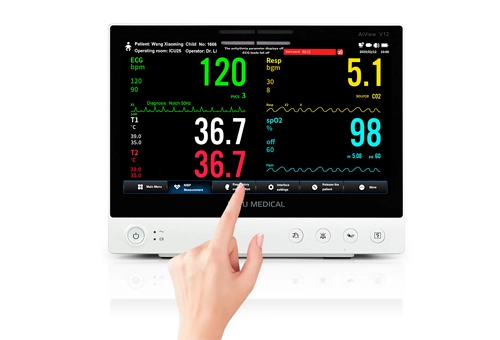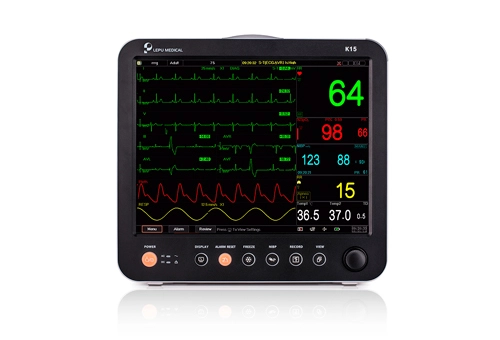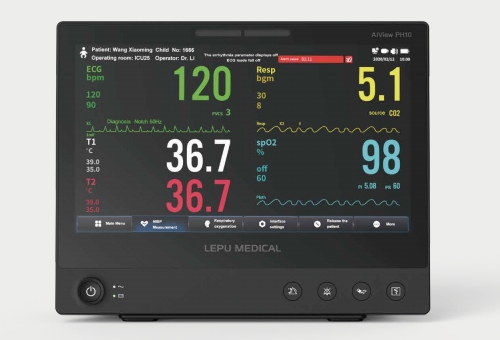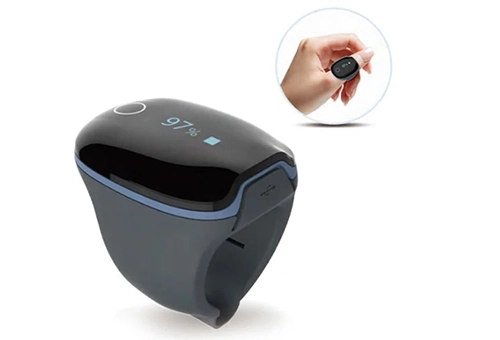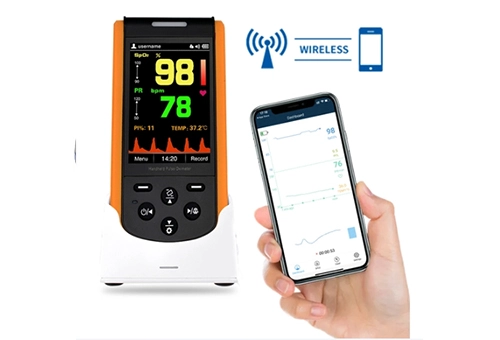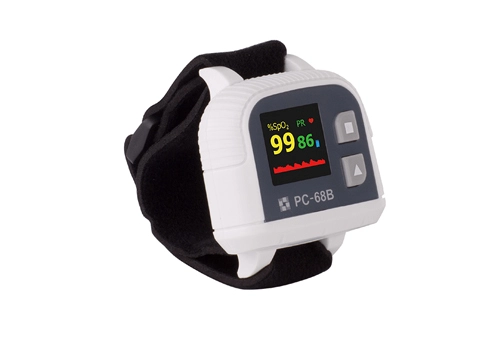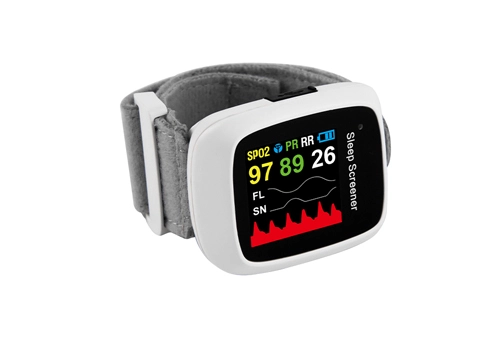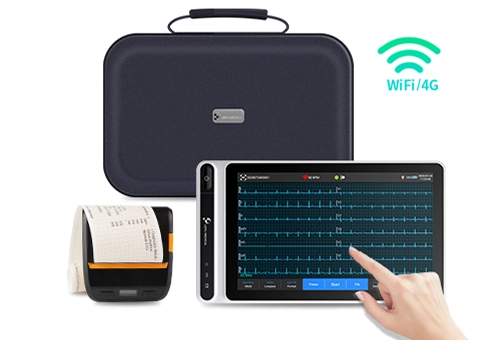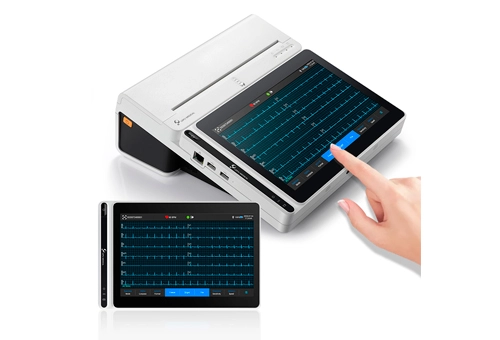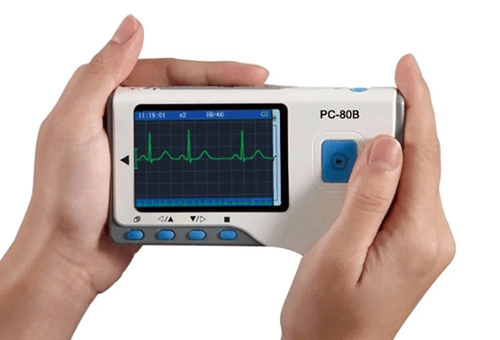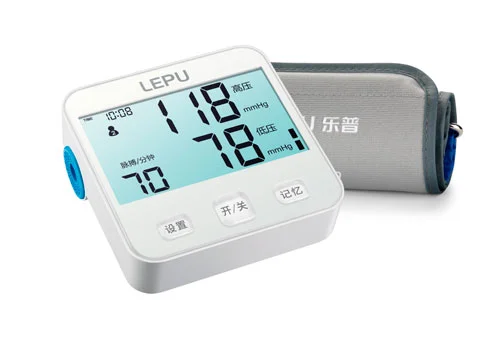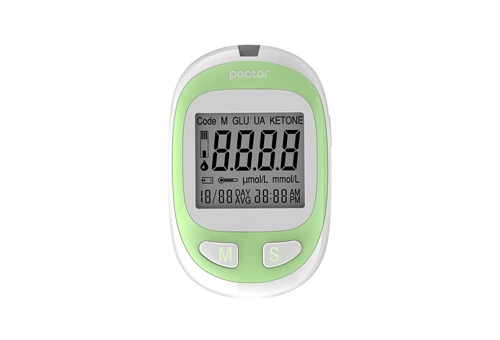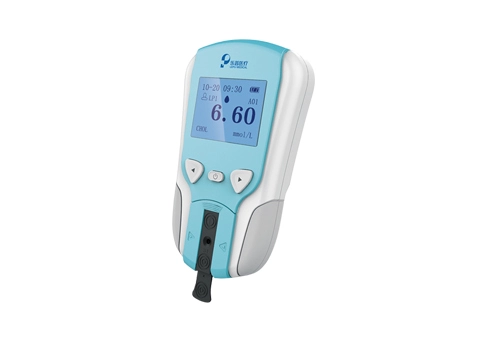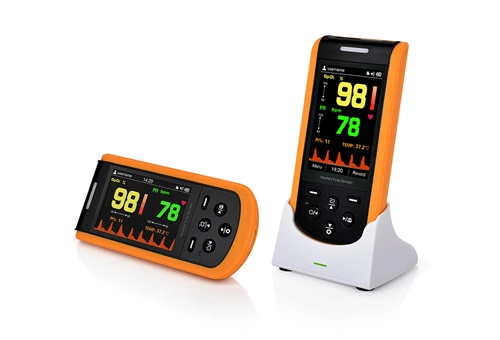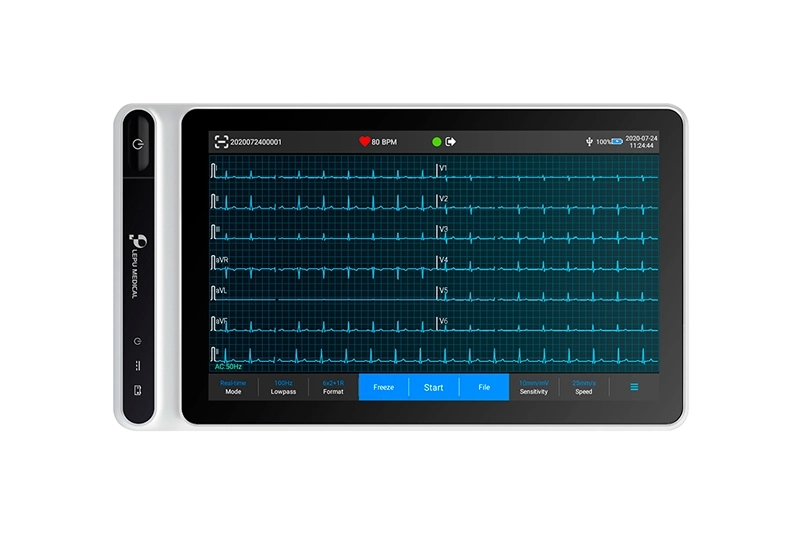Small Portable ECG Machine: Caring for Heart Health
The small portable ECG machine is a medical device used for quickly and conveniently monitoring the electrical activity of the heart. Designed to be lightweight and easy to carry, it is suitable for use by individuals and professional healthcare personnel. Below is the importance and specific operation methods of the small portable ECG machine.
Importance of the small portable ECG machine
The heart is one of the most important organs in the human body, serving as the powerhouse of the circulatory system. However, people's irregular diets and lifestyle habits nowadays seriously affect heart health. Traditional ECG machines can only detect the heart's condition at the time of the test. Therefore, the small portable ECG machine is very helpful for chronic disease patients and those at high risk of cardiovascular diseases to conduct daily ECG self-tests at home. Additionally, athletes or fitness enthusiasts can also use this device to monitor their heart health during exercise.
The small portable ECG machine is a single-lead ECG device that can serve as a diagnostic basis for diseases such as atrial fibrillation, ventricular fibrillation, myocardial infarction, and premature beats. It can accurately reproduce ECG waveforms, allowing for the timely detection of heart diseases.
The small portable ECG machine is equipped with an intelligent AI recognition system. Users can test at home, save and upload their ECGs, and the system can perform an initial screening and provide suggestions.
Specific operation methods of the small portable ECG machine
Lead I operation method: Clip the electrode between the fingers or gently place the fingers of the left and right hands on the two ends of the electrode for measurement (the distance between the detection host and the mobile smart device should not exceed 10 centimeters).
Lead II operation method: Connect the positive electrode to the left lower limb (knee, calf, or ankle), and the negative electrode to the right upper limb (finger, wrist, or arm) for measurement. Ensure that the hands and legs do not touch.
Lead III operation method: Connect the negative electrode to the left lower limb (knee, calf, or ankle), and the positive electrode to the left upper limb (finger, wrist, or arm) for measurement. Ensure that the hands and legs do not touch.
Chest lead operation method: Attach the positive electrode and the negative electrode to the left side of the chest for measurement.
In summary, the small portable ECG machine is an important component of modern medical equipment, providing users with a convenient heart health monitoring solution. By recording ECG data in real-time, these devices help users better understand their heart condition and seek medical assistance promptly if necessary.

